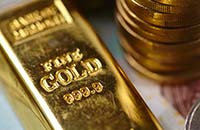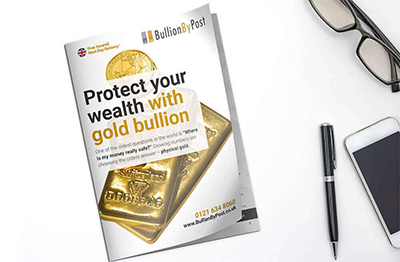Silver Crown Coins
The silver Crown coin was a British coin introduced in 1707, as per the Union of England and Scotland. This new British Crown coin combined the pre-existing English Crown and the Scottish Dollar, and was worth five shillings. The Crown coin weighed approximately 28 grams, and its silver content was approximately .925 sterling silver.
Below is our range of collectable silver Crown coins, including Victorian Crowns and older. For more information can call our helpful support team on 0121 634 8060 or email us at support@bullionbypost.co.uk.
Silver Crown
The silver crown coin was first issued in 1551 under King Edward VI, son of Henry VIII. Production lasted two years, before Edward’s death and the succession of his sister, Mary. No crowns were minted during her reign, but production did resume under their sister Queen Elizabeth I.
Silver crowns were minted between 1551 - 1553, 1558 - 1751, and 1818 - 1970. The coins were issued in 925 sterling silver (though purity wasn't wholly accurate), with copper added to the alloy to strengthen the coins against clipping – the act of shaving metal off to steal value. The coin’s size was considered a hindrance at 38mm diameter, and the Royal Mint made its silver Britannia coins the same diameter as a nod to this.
As mentioned on our British Coin Specifications page, the crown coin was worth a quarter of a pound, though this specifically refers to the Sovereign gold coin. The Unite gold coin varied between 20-22 shillings, while the Guinea coin was a fixed 21 shillings. The sovereign pound coin that followed lowered this – and the coin’s metal content – to be worth 20 shillings.
The silver crown coins were similar to other European silver coins of the time, making them easily tradable, but the lack of consistency in the coin metal content meant many coins were undervalued and, as time went on, owners realised the coins were worth more smelted down. The Royal Mint, during the reign of King George II, halted production of silver crowns to stop the melting of Britain’s small value tender – coins traders were desperate for.
The Great Recoinage of 1816 lowered the silver content of many circulating British coins and improved the consistency of others, so that the coins as tokens were worth more than the silver they contained, thus deterring continued smelting. Following the First World War, this .925 purity dropped to .500 purity (50%), and after the Second World War the coin no longer contained silver, instead being made from cupronickel to imitate the precious metal.
Gold Crown coin
Gold Crown coins were produced in England prior to this, and in very small quantities after the union. Modern day crowns are better known as £5 coins and are typically issued by The Royal Mint for commemorative purposes.
At BullionByPost we have a detailed selection of numismatic gold coins and silver coins, including the Half Crown coin. Read more about collectable coins.














